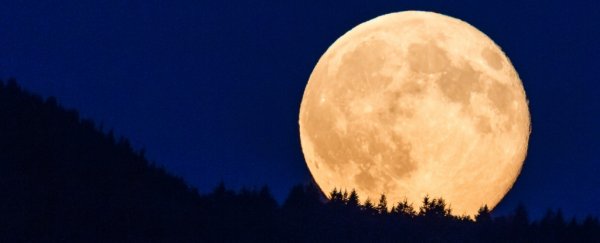It's been a special few weeks for sky-watchers, with a rare double supermoon and a spectacular Perseid meteor shower visible last month.
Tonight the trend continues, with the final supermoon of 2023 visible on Thursday 28 September and Friday 29 September.
There have been four supermoons in a row in 2023, with one falling in July, two in August, and now this final one in September.
Supermoons are full moons that occur when the moon is at or near perigee, the point when the moon is closest to Earth in its orbit. At total perigee the Moon is 225,804 miles (363,396 km) from Earth.
A super full moon is like a typical full moon, only it's a third brighter and looks up to 14 percent bigger.
This means that the Moon appears more radiant in the night sky, especially for seasoned observers.
In this instance, the Moon also rises earlier than it typically does so there's less of a gap between the Sun going down and the moon going up.
This week's final supermoon is called the 'Harvest Moon' in the northern hemisphere because it occurs close to the September equinox.
Back when people were harvesting by hand, this bright supermoon helped light up the evening after the Sun went down, which gave some much-needed extra time to get the harvest in before winter.
